Wednesday 1 December 2010
ADAM FUSS
The photographer ADAM FUSS is best known for arresting, brilliant colored photograms that break habits of seeing. His work investigates the elements of life and the basic materials of photography. Part of the appeal of the photogram for Fuss is its directness. The objects depicted in the photogram came into physical contact with the very paper on which the final print appears. The experience is somehow more tactile, more visceral.
Fuss was attracted to photography at school in England in the 1970s and his first photogram was the result of an accident. While Fuss was taking a pinhole photograph using a homemade cardboard-box camera, the opening that served as the camera's lens was accidentally closed off. However, light leaked in from a corner of the box. It struck the color film at a sharp angle, resulting in a graduated color field dotted with the elongated shadows of dust particles floating around the interior of the box. "Light played across the film... When I processed it, I saw this world, this other world of image that I was unaware of. And that showed me that I didn't need the camera any more."
Over the years, Adam Fuss has been placing a variety of objects with different levels of translucence directly onto Cibachrome paper and exposing them to light. For example, brightly colored balloons, egg yolks, sunflowers in full glory and in various states of decay, and pieces of stained glass are just some of the materials explored in the pursuit of images that emphasize the play of light and color. Fuss has also made photograms of moving subjects such as psychedelic spirals of light created by swinging a flashlight from a pendulum over photosensitive paper, snakes slithering through sand or water, and babies in pools of water. Rather than striving for perfection, Fuss courts blemishes and imprecision, emphasizing that his experiments are always in a process of revision and refinement. The photograms that involve plants and animals seem not to depict -they invoke the moment of photographic creation, and the life of the organic material, with an eerie immediacy.(TUFTS)
Details of Love Series
Fuss began to wonder what photograms of the internal organs of a mammal would look like and in 1992, at a time of emotional turmoil in his life, began the series Details of Love. "The rabbit was the perfect animal," explains Fuss, "because it's a creature that absorbs a tremendous amount of symbolism - reproduction, fertility, sacrifice, innocence." The chemical process in the images required that the internal organs be fresh so a steady reserve of rabbit intestines from a local restaurant supplier allowed Fuss to continue his work. In order to get the desired effect, Fuss experimented with laying the intestines on photographic paper for varying lengths of time - from a few hours to a full day and night - often moving them around in the dark. The whole setup was then exposed to a flash of light from a hand-held strobe. The longer the intestines lay on the paper, the more they ate into the surface, destroying the emulsion. Where they were left overnight, the image is pure white with a faint outline of the intestine and where they were placed for only a few hours, a Technicolor impression resulted.
☁ ADAM FUSS @ TUFTS
☁ ADAM FUSS @ V&A
☁ ADAM FUSS @ CHEIM & READ
Subscribe to:
Post Comments (Atom)
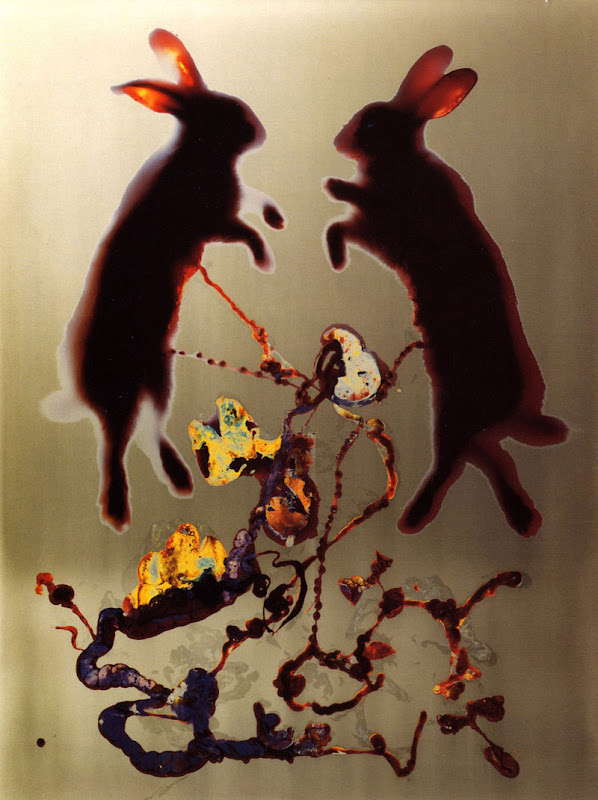
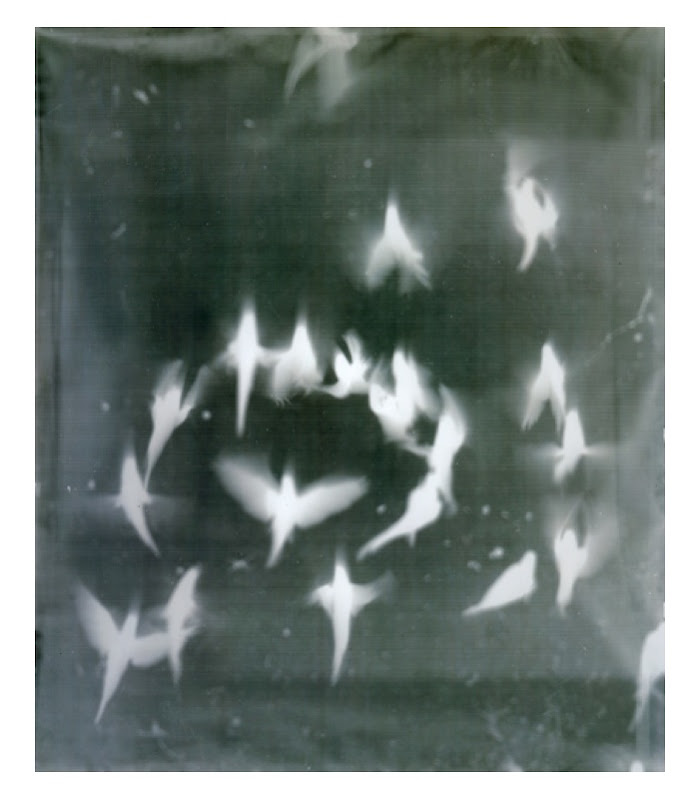
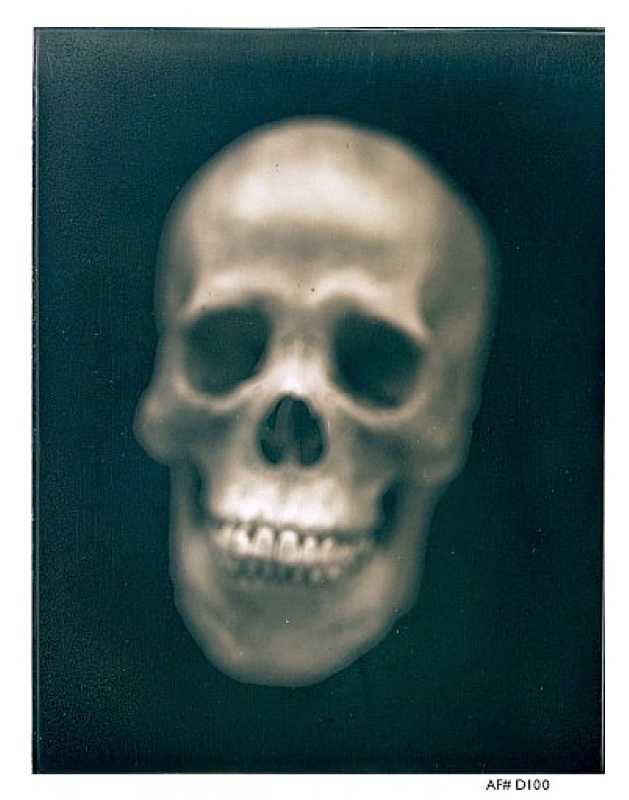

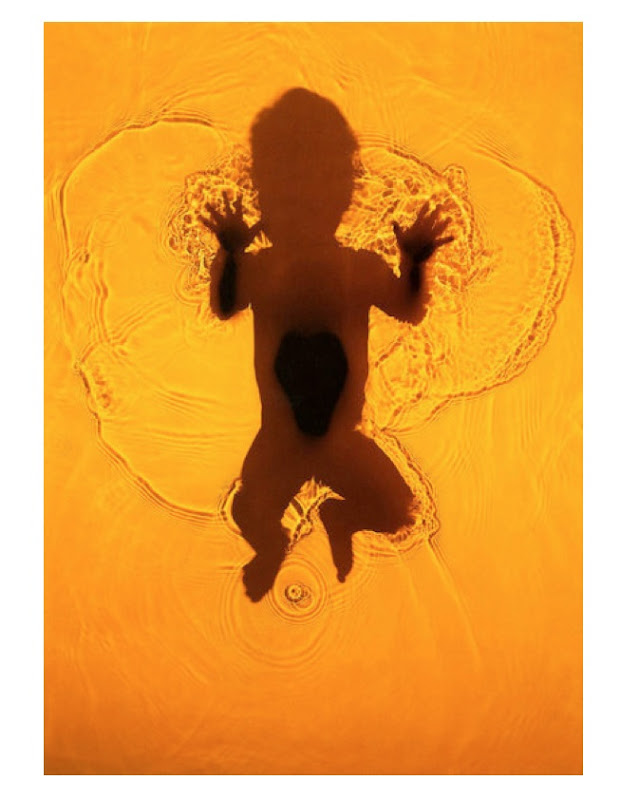

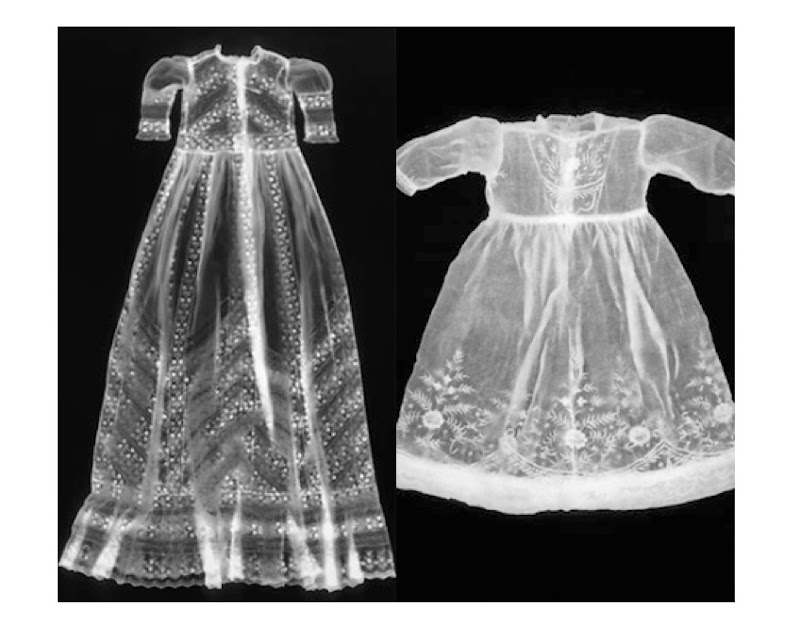
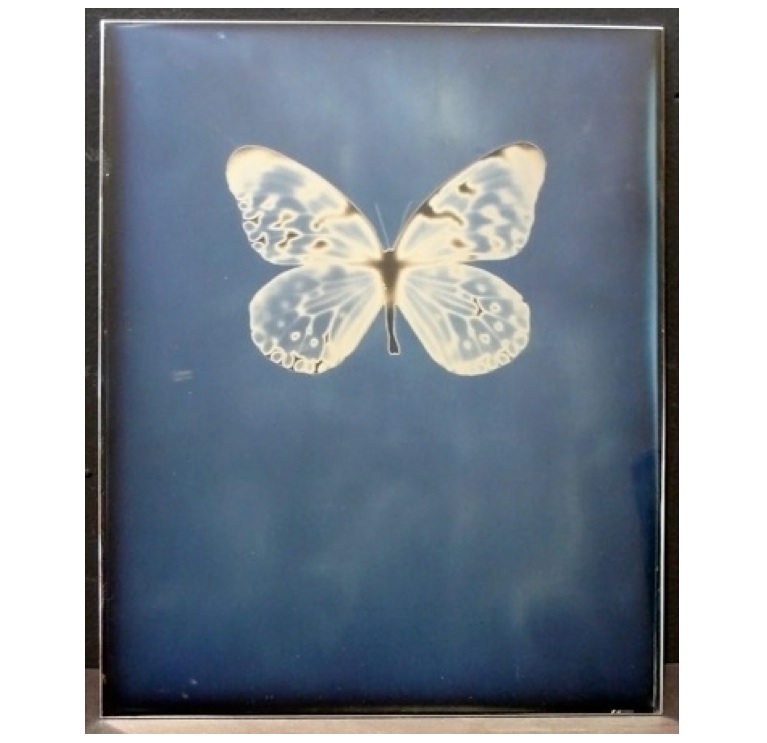
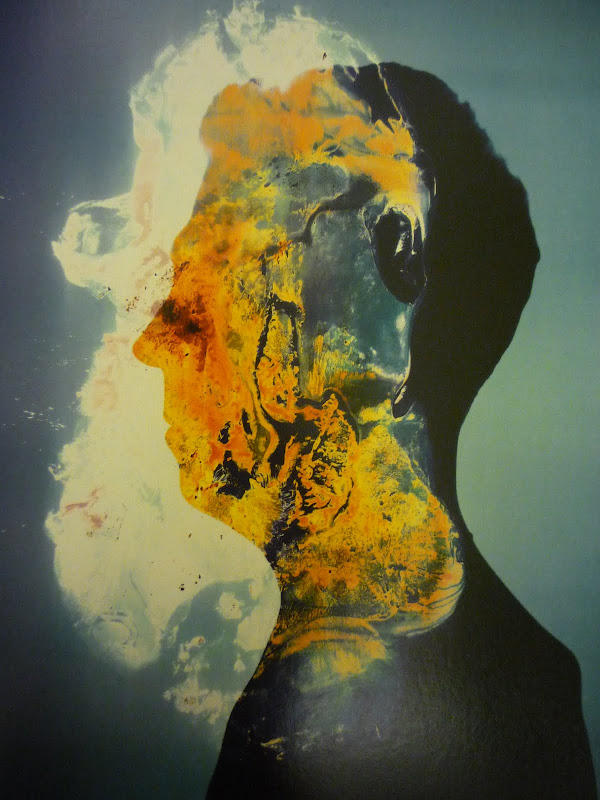

No comments:
Post a Comment